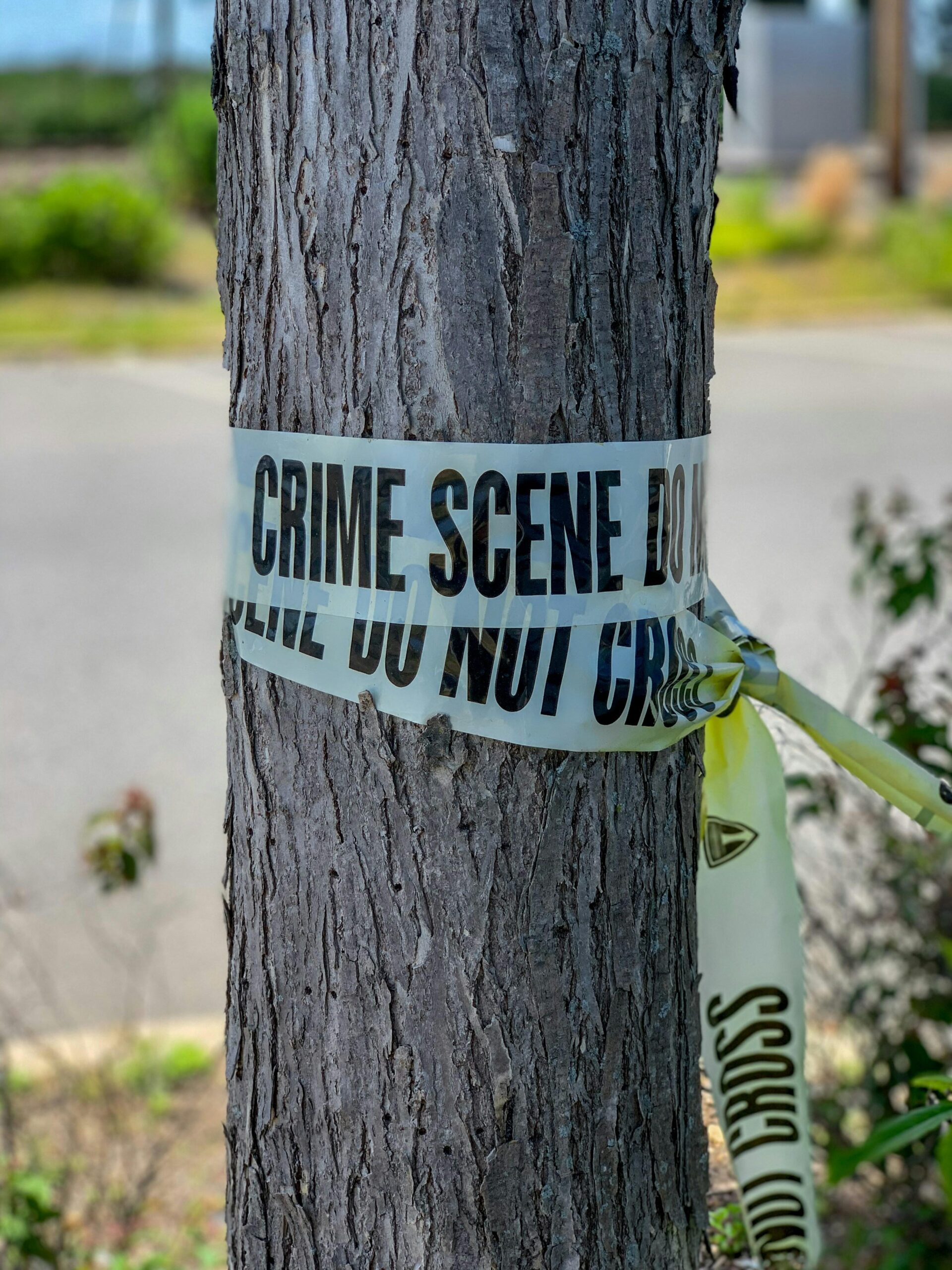In a world where every click, swipe, and digital footprint leaves a trail, the field of digital forensics is becoming more crucial than ever. But what exactly happens behind the scenes when investigators dive into the virtual realm to solve mysteries? From uncovering hidden files to tracing cybercriminal activities, digital forensics is unlocking secrets that were once thought impossible to reveal. Join us as we explore how this fascinating discipline is transforming today’s investigations and shedding light on the unseen stories within our digital lives.
Table of Contents
- The Rise of Digital Footprints Unlocking Hidden Clues in Cybercrime
- Inside the Toolkit Exploring Cutting Edge Techniques in Digital Forensics
- Decoding Data From Encryption to Metadata What Investigators Really Look For
- Best Practices for Aspiring Digital Detectives Navigating Challenges and Staying Ahead
- To Conclude
The Rise of Digital Footprints Unlocking Hidden Clues in Cybercrime
In the digital age, every click, swipe, and tap leaves behind a trail of data—tiny breadcrumbs that, when pieced together, form a comprehensive map of a person’s virtual journey. These traces, known as digital footprints, are the silent witnesses that help investigators unravel complex cybercrimes. From social media interactions and encrypted messaging to metadata embedded in files, these clues often hold the key to identifying perpetrators, understanding motives, and reconstructing events that might otherwise remain shrouded in mystery.
The power of modern digital forensics lies in its ability to dissect layers of information that go far beyond obvious evidence. By leveraging advanced techniques such as:
- Data carving and recovery from seemingly destroyed devices
- Analysis of network traffic patterns to track unauthorized access
- Correlation of fragmented data points across multiple platforms
investigators can unlock secrets embedded in the chaos of cyberspace. These insights not only shed light on criminal behavior but also pave the way for stronger preventive measures, creating a digital world that’s increasingly harder to exploit.
Inside the Toolkit Exploring Cutting Edge Techniques in Digital Forensics
Delving into the sophisticated arsenal available to modern investigators reveals an exciting evolution in digital forensics. Advanced techniques such as AI-driven pattern recognition and blockchain analysis are transforming the way experts interpret digital evidence, enabling them to detect anomalies with unprecedented accuracy. These innovations, coupled with enhanced encryption-breakers and memory forensics tools, allow specialists to reconstruct incidents from fragmented data sources, uncovering hidden clues that were once beyond reach.
Among the standout tools shaping the future of digital forensics are:
- Machine learning algorithms that adapt and improve anomaly detection over time.
- Cloud forensics platforms designed to navigate the complexities of distributed data.
- Advanced malware analysis suites providing real-time decoding and behavioral insights.
By seamlessly integrating these cutting-edge techniques, investigators are not only solving more cases but also setting new benchmarks for digital integrity and security in the investigative process.
Decoding Data From Encryption to Metadata What Investigators Really Look For
Investigators diving into digital evidence aren’t just chasing obvious clues—they look beneath layers that most users never see. Beyond breaking encryption algorithms, they seek the faintest digital footprints: timestamps, file hashes, and hidden metadata tucked inside innocuous files. These breadcrumbs, often overlooked, can reveal how data traveled, who accessed it, and when events unfolded. Modern tools can parse through countless bits of metadata embedded within documents, images, and communication logs, transforming seemingly random data into chronological narratives that piece together complex cases.
While encryption cloaks content like a digital fortress, metadata acts as the skeleton key, subtly exposing invaluable context. Investigators especially focus on:
- File creation and modification dates revealing timeline discrepancies.
- Geolocation tags embedded in images that place suspects at crime scenes.
- Communication headers that betray the origin and destination of messages.
- Access logs and user credentials showcasing unauthorized activities.
By meticulously analyzing these digital fingerprints, forensic experts transform encrypted puzzles into actionable intelligence, unmasking truth hidden in plain sight.
Best Practices for Aspiring Digital Detectives Navigating Challenges and Staying Ahead
In the realm of digital forensics, staying vigilant and adaptive is critical to outpacing ever-evolving cyber threats. Aspiring digital detectives must immerse themselves in continuous learning, embracing cutting-edge tools and methodologies that enhance their investigative precision. Mastering encryption techniques, understanding file system intricacies, and developing a keen eye for digital footprints ensure that no detail goes unnoticed. Equally important is cultivating soft skills like critical thinking and patience, which empower investigators to piece together seemingly unrelated data into compelling narratives that unravel complex cyber mysteries.
Challenges often come disguised as encrypted data, layered obfuscations, or stretched timelines. To counter these, digital detectives should harness the power of collaboration and community knowledge-sharing. Engaging with forums, participating in workshops, and exchanging insights with peers form a robust support framework that keeps skills sharp and insights fresh. Some essential habits to cultivate include:
- Regularly updating forensic software and tools to exploit the latest advancements.
- Practicing meticulous documentation for maintaining the integrity of evidence chains.
- Simulating real-world scenarios to refine response strategies.
- Balancing technical expertise with ethical considerations to uphold justice and privacy.
To Conclude
As technology continues to weave itself deeper into every aspect of our lives, the role of digital forensics becomes ever more crucial—and endlessly fascinating. Unlocking mysteries hidden in bytes and codes not only aids justice but also pushes the boundaries of what we thought was possible in investigations. Whether you’re a curious mind or a budding digital detective, there’s no denying that the world of digital forensics is a thrilling frontier filled with puzzles waiting to be solved. So, next time you hear about a cybercrime case cracking wide open, remember: behind the scenes, digital forensics is quietly piecing together the story, one digital clue at a time. Stay curious, and keep exploring!












